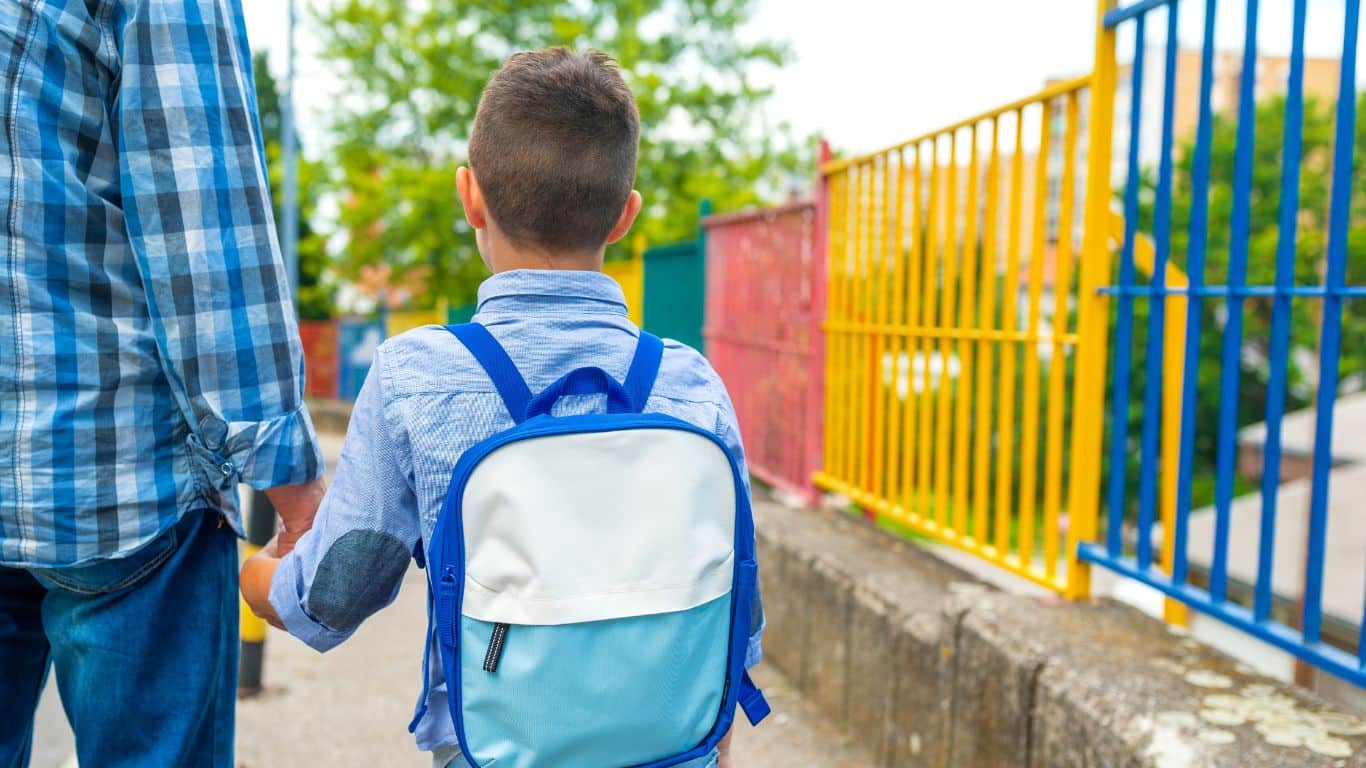Starting school for the first time, or a new school year, can present challenges for adoptive parents and their children. We have prepared this brief guide to help prepare you and your child for the school experience and to circumvent some of the problems you may encounter.
- If you’re not familiar with the school that your child will attend, ask if you can sit in on a school assembly. This is a good way to get a feel for the school in terms of its diversity. Talk to the principal about how the school approaches the subject of different kinds of families.
- Attend an open PAC meeting. Once your child is at the school, PAC meetings are also a great place to promote awareness of adoption and adoption sensitivity.
- Make an appointment to meet with your child’s teacher in September. It may be wise to explain that your child is adopted and that sensitivity around assignments about the family, or children sharing information about their history, is needed.
- If you decide to explain that your child was adopted, share only relevant information; in most cases, you can explain your child’s needs without providing all the background details.
- Encourage principals, counsellors, and teachers to use positive adoption language. Provide them with the information on this page.
- Donate a book about adoption to your school’s library. Suggest other adoption-related titles for the librarian to include in the next order of new books.
- With the permission of your child, make a presentation about adoption to your child’s class or to teachers at a faculty meeting. Perhaps you will want to work with an adoption worker from a local agency, or from Belonging Network.
- Scout out other adoptive families in the school. Your children may make friends with other adoptees and you will have other adoptive parents with whom to share ideas and solve problems with.
Newly adopted older kids
- If you think your child needs to spend more time attaching to you, or is immature for his or her age, consider delaying entry to Kindergarten or skip it altogether—kids don’t have to attend until Grade 1.
- Take your child to the school before the first day to look round and meet the teacher. This is especially important for children who have had lots of disruption in their lives and who find change and transitions difficult.
- Be realistic about your child’s abilities. Interruptions in attachment, early deprivations, cultural differences, and multiple moves can cause a child to act younger than he or she is; your child may not be able to learn as fast other classmates.
- If your child has attachment, grief and loss, or abuse issues, make sure that the school counsellor and teacher are aware of this and that they have information on the effects of such problems.
- If your child has FASD, make sure that the teachers he or she comes into contact with are familiar with FASD. If they are not, they may assume that your child is misbehaving when in fact he or she is struggling because of FASD.
- If you think your child needs services not normally provided in the regular classroom, you need to advocate for them. Each child with special needs is entitled to an Individualized Education Plan, which should meet their learning and developmental needs.
- If your child has special needs that have already been identified, bring all available medical records, psycho-educational assessments and Individualized Education Plans to the School Reception Centre (each school board has one) when you register.
International adoption
- When you register your child at school, bring along your chid’s birth certificate (if you have one) and any immigration documents such as a citizenship card.
- Be prepared to advocate to get the best services for your child. Unfortunately school staff are often unaware of the needs of internationally adopted children.
- Provide school staff with information on the effects of orphanage life on learning and development. In many cases, the child will be developmentally behind children of the same age.
- If your child does not yet speak English, explain to the teacher that this means the child is also likely to be behind in language skills in their language of birth.
- Though the school may insist that your child joins a grade consitent with his or her age, if that doesn’t seem right, insist he or she is put in a lower grade.
- Don’t rush your older child straight into school—especially if he or she doesn’t speak English. Allow your child to get used to the new home, community, and family. This will help your child can gain some basic English-speaking skills.
- Expecting older adopted children to develop proficient English language skills within one or two years of adoption is unrealistic.
- Most schools have ESL classes. They also have language support programs for students who are more advanced in their English-language learning. High schools have learning resource centres that children can attend to get help with work with which are having trouble.
Racism and school
- No matter how uncomfortable, you will have to prepare your child for hurtful and racist comments at school. Make sure your child knows that you are always available to talk to about such incidents. Offer comfort, validate feelings and help your child understand that no one else can define who he or she is. Teach your child strategies to deal directly with racist comments.
- When racist situations occur, talk with the principal, teachers and counsellors. Work out how to handle them and make sure they follow up.
- Other transracial adoptive families have already had to handle racism at school—they can be a great source of advice. Join a local adoption group or call Belonging Network for a buddy parent in your area.
Positive adoption language
| Positive | Out of date |
| Birth child | My own child. My natural child |
| Birth parents | Real parents. Natural parents. |
| Made an adoption plan | Gave up. Gave away |
| Parenting her child | Keeping her baby |
| My daughter | My adopted daughter |
| My son | My adopted son |
| International adoption | Foreign adoption |
| Was adopted | Is adopted |






